Product Overview
The FLIGHTLAB Acoustic Toolkit (FLAT) is a powerful add-on software package designed for use with the FLIGHTLAB Development System. It is capable of computing the acoustic signature of user-defined aircraft designs across a wide range of flight conditions and profiles, using key inputs computed by FLIGHTLAB. FLAT seamlessly integrates with FLIGHTLAB by adopting an identical unit and coordinate system, eliminating the need for additional coordinate transformation and conversion utilities.
Users can conveniently launch FLAT through FLMA (FLIGHTLAB MODEL ANALYSIS) and specify initial simulation conditions as well as input parameters. Once the acoustic analysis is completed, users have the capability to generate a variety of plots using a post-processing graphical user interface (GUI).
Key Features
-
Integrated acoustic noise analysis in FLIGHTLAB
-
Unsteady rotor broadband noise predictions using an airfoil surface boundary
-
Supports FAA noise certification analysis providing observer predictions for perceived noise levels (PNL) and tone corrected perceived noise levels (PNLT)
-
Simple workflow for acoustic analysis of complex multi-rotor/wing aircraft in steady state and maneuver flight
-
Seamlessly coupled with FLIGHTLAB modeling options such as lifting line, viscous vortex particle method, etc.
Graphical User Interface
The Graphical User Interface (GUI) for FLAT is seamlessly integrated into FLMA for an enhanced user experience. This intuitive interface comprises of both pre-processing and post-processing GUI components, streamlining the acoustic analysis process.
Within the pre-processing GUI, users can effortlessly specify the required parameters for conducting the acoustic analysis. Upon completion of the analysis, users can access the stand-alone post-processing GUI to select parameters and generate plots.
The FLAT GUI simplifies case setup and management for a wide range of acoustic challenges. Users can conveniently modify parameters and flags without the need for complex input parameter files, offering a more efficient and user-friendly approach. Additionally, FLAT also provides support for command line interface, offering flexible options to accommodate various user preferences.
Initial Conditions
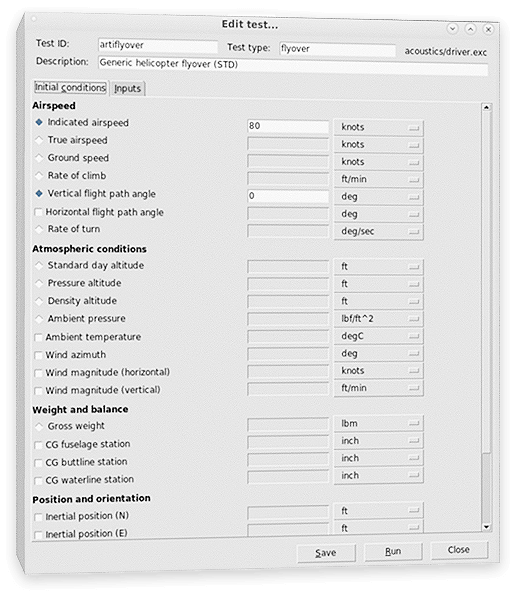
Preprocessor
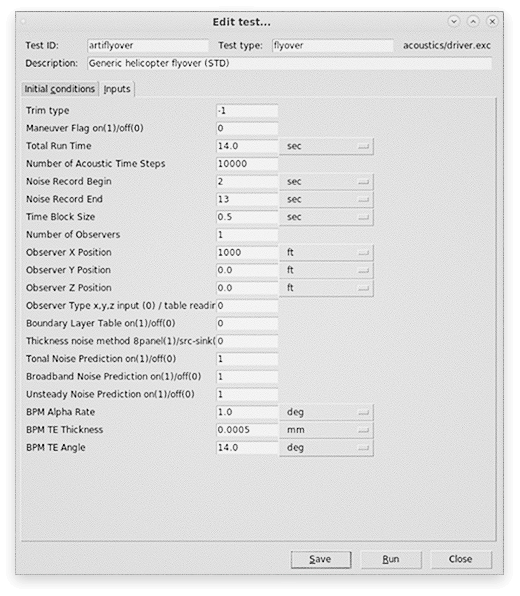
Postprocessor
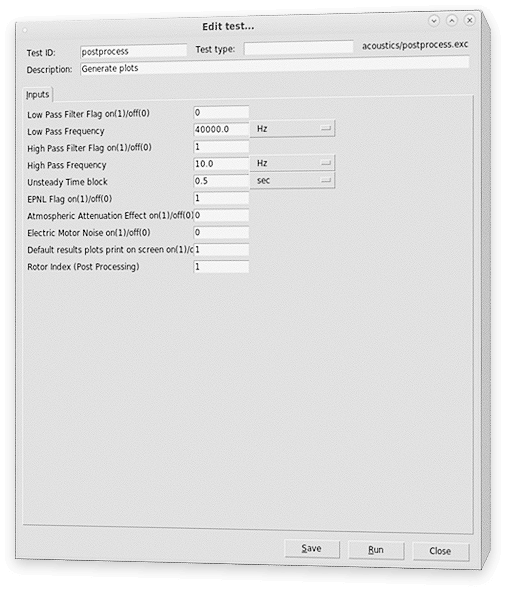
Plotting Utility
FLAT offers a diverse range of plot generation options for acoustic analysis, including:
-
Acoustic Pressure
-
Overall Acoustic Sound Pressure Level (OASPL)
-
A-weight Noise Level
-
Perceived Noise Level (PNL) and Effective Noise Level (EPNL)
-
..and more
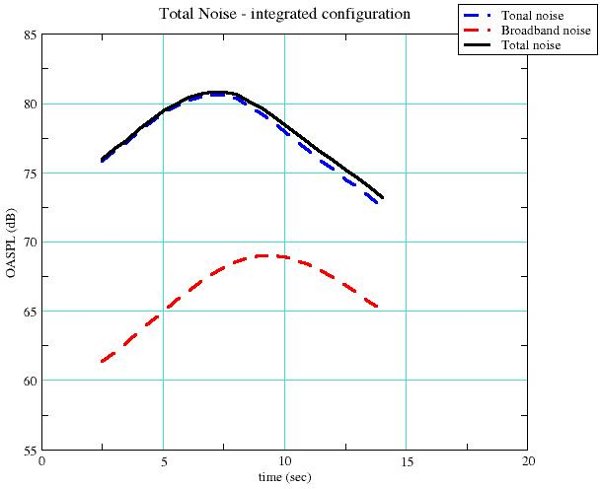
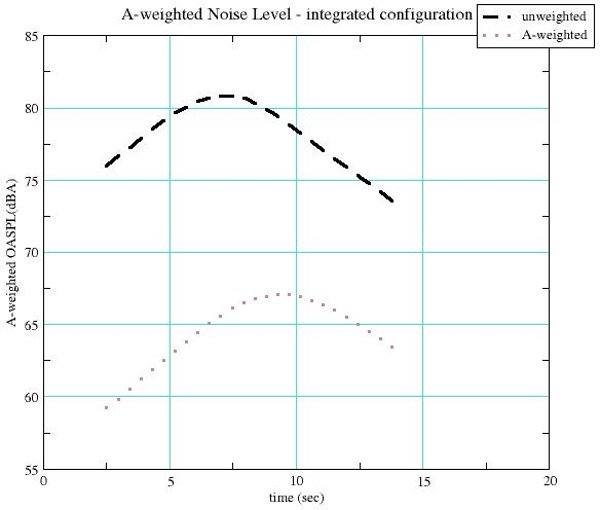
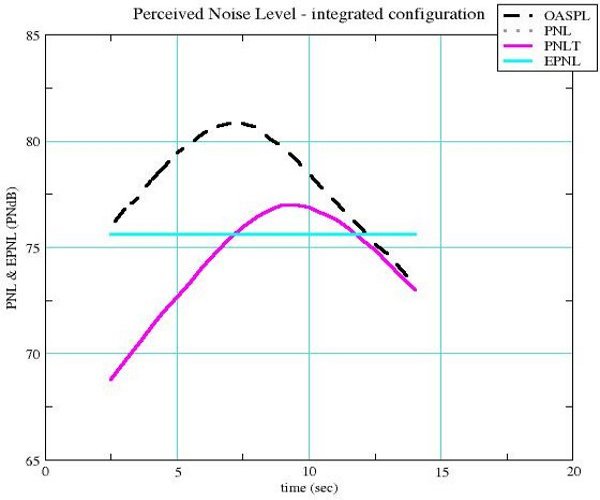
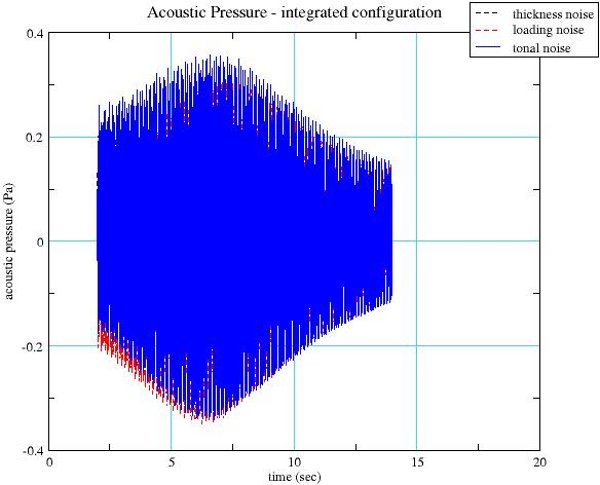
FAA Noise Certification
The FAA Noise Certification process, outlined in FAA Advisory Circular 91-86 (FAA AC 91-86), governs the certification of aircraft to ensure compliance with noise regulations. Simulation software plays a crucial role in supporting aircraft certification by providing a means to assess and predict the noise characteristics of aircraft.
Using simulation software, aerospace engineers and aircraft manufacturers can conduct virtual tests and analyses to evaluate the acoustic performance of aircraft designs. This includes predicting the noise levels produced during various flight conditions and configurations, such as takeoff, landing, and cruising. By simulating the aircraft's acoustic signature, the software allows for the assessment of potential noise impacts on surrounding communities and environments.
In the context of FAA Noise Certification, simulation software enables the generation of data required for compliance assessment, including the computation of FAA noise certification parameters such as effective perceived noise level (EPNL) and sideline noise level. These parameters are critical for demonstrating compliance with FAA noise regulations.